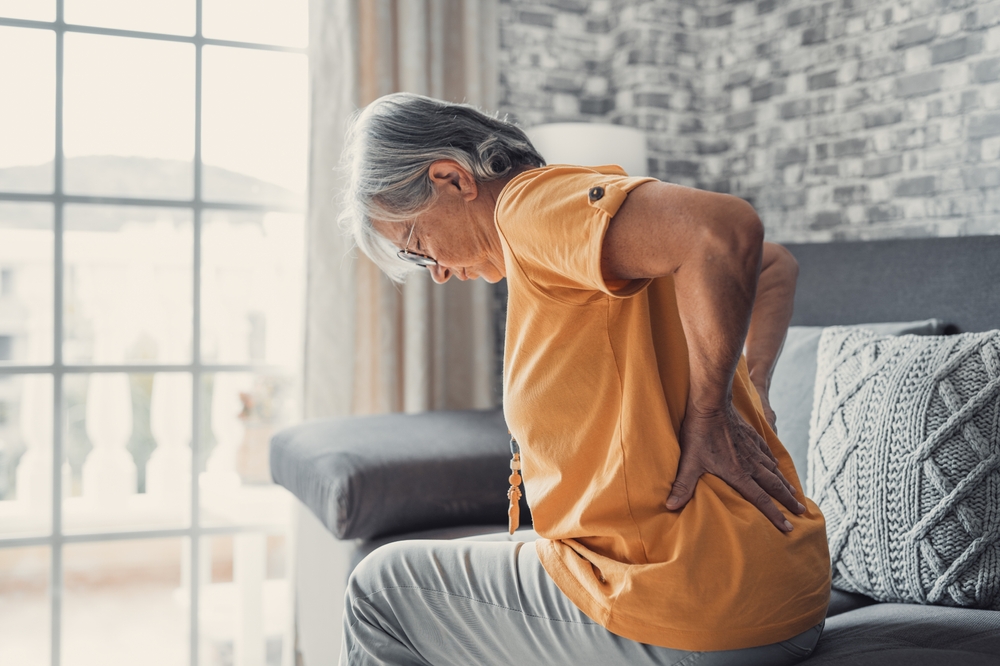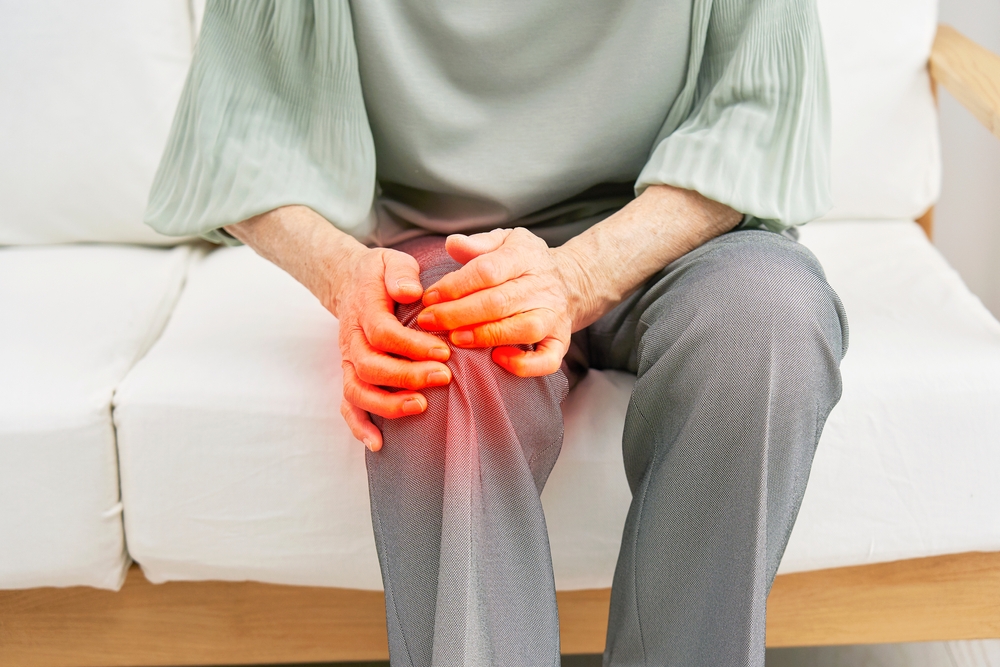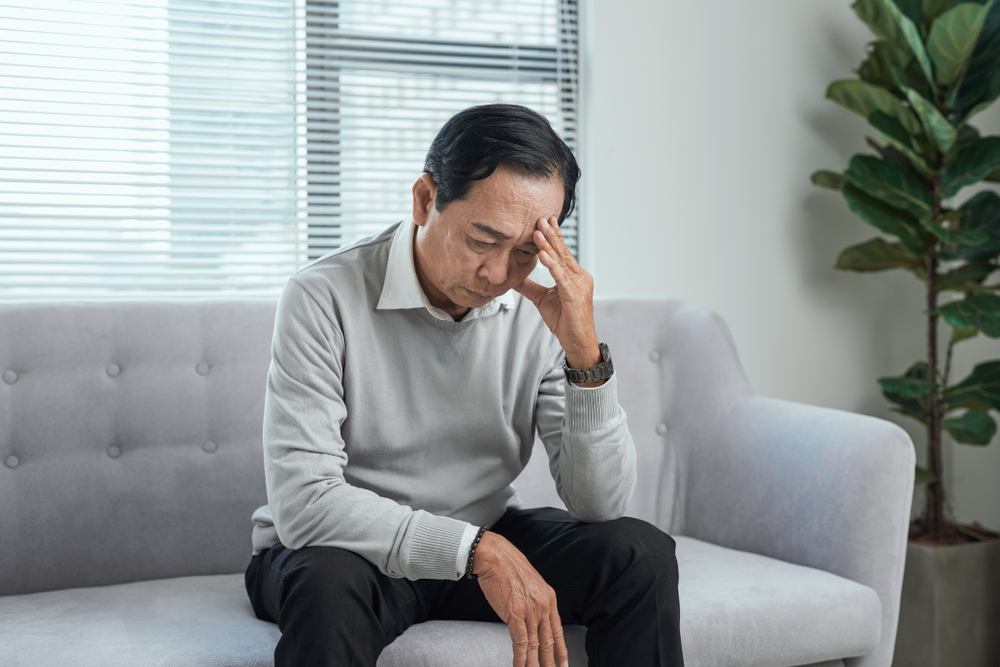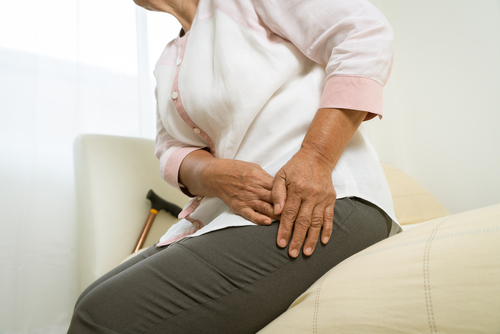Lower Back Pain in Elderly Adults: A Common Pain
Category:

Lower back pain is a common struggle for many elderly adults. Experiencing back pain as you age isn’t unusual. But that doesn’t mean you have to grin and bear it. This article will cover some of the causes of lower back pain in elderly adults and different methods and treatments that can relieve back pain.
Causes of Lower Back Pain in Elderly
Most cases of lower back pain are caused by age-related wear and tear on the spine and cartilage, but in seniors, it can also be caused by:
-
Degenerative disc disease: Aging discs break down, causing pain and potential nerve irritation.
-
Spinal stenosis: A narrow spinal canal puts pressure on the spinal cord and nerves.
-
Osteoarthritis: Arthritis in the spine leads to pain, stiffness, and reduced flexibility.
-
Vertebral fractures: Due to conditions like osteoporosis, fractures can cause sudden back pain.
-
Spondylolisthesis: One vertebra slips over another, causing pain and possible nerve compression.
-
Muscle strain or sprain: Aging muscles are more prone to injury from sudden movements or heavy lifting.
-
Kidney problems: Issues like kidney stones or infections can cause back pain.
-
Postural issues: Chronic poor posture, often from conditions like osteoporosis, results in back pain.
Back Pain Relief for Elderly Adults
So, what helps lower back pain in elderly adults? Luckily, there are several options – many of them non-surgical and even non-medical that can provide relief and improve quality of life.
Other treatments for elderly back pain include:
-
Apply Cold. When pain initially strikes, an ice pack (or bag of frozen peas!) can help calm inflammation and muscle spasms. Use the twenty minutes on, twenty minutes off method.
-
Apply Heat. After a day or two, once initial inflammation and spasms are under control, heat can help relax muscles and improve blood flow. Warm baths or a heating pad are great ways to apply heat – don’t fall asleep on your heating pad and risk burns.
-
Take an NSAID. Medications like ibuprofen or aspirin will help reduce initial inflammation but should not be used as a long-term treatment plan.
-
Consider Yoga. Yoga is an excellent option for spinal health. It keeps your whole body flexible and mobile and even helps strengthen your core, which will, in turn, improve spinal strength and stability. Stretching the muscles around the spine and keeping the spine in motion is beneficial.
-
Try Acupuncture. A skilled acupuncturist is an excellent option for treating back pain in the elderly. Inserting fine needles into the body at specific points and manipulating them speeds up healing.
-
Visit a Chiropractor. A chiropractor can mobilize, adjust, and stimulate the spine and surrounding tissues, relieving pain.
Persistent and severe back pain can be indicative of underlying health issues and should not be overlooked. If someone experiences intense pain that doesn’t improve with rest, or if the pain is accompanied by other symptoms like numbness or weakness in the legs, it’s essential to consult a doctor. Prompt medical attention can help diagnose the cause and ensure appropriate treatment
Download Our FREE Guide to Relieving Arthritis Pain
Back Pain in the Elderly Treatment
If conventional treatments do not provide the desired relief, doctors have several other medical options available. One standard option includes nerve blocks and steroid injections, which can offer significant pain relief. Another alternative is the implantation of spinal cord stimulators, similar to pacemakers, which send mild electrical impulses to the spinal cord. These impulses can alter or mask the brain’s perception of pain. Additionally, there are minimally invasive procedures, such as lumbar decompression, that can alleviate pain. Notably, this procedure doesn’t require a general anesthetic.
Subscribe
Date: October 19, 2023
Category:


